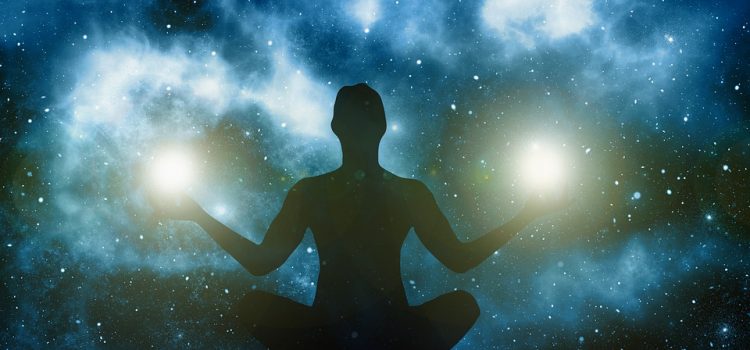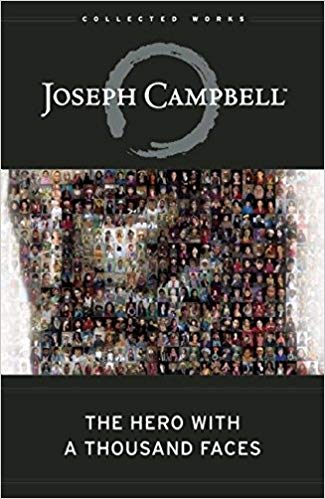

This article is an excerpt from the Shortform summary of "The Hero with a Thousand Faces" by Joseph Campbell. Shortform has the world's best summaries of books you should be reading.
Like this article? Sign up for a free trial here .
What is apotheosis in the hero’s journey? How do cultures typically depict this stage of enlightenment?
The apotheosis stage of the hero’s journey is when the hero conquers his fears and the bounds of consciousness to reach a divine state. Ancient cultures often depict this figure of ultimate enlightenment in both male and female forms. For example, ancient Chinese lore embodies both masculine Yang and feminine Yin.
Read on to learn more about the Apotheosis stage of the hero’s journey.
Apotheosis
After conquering their fears, the hero, at last, achieves their long-sought enlightenment —the apotheosis stage of the hero’s journey. They have shattered the bounds of consciousness and reached a divine state. Mythological and religious traditions throughout history and across the world teach us that this power lives within us all—we achieve it through our own herohood.
In Buddhism, there is the figure of the Bodhisattva, overflowing with sympathy and compassion for the masses of humanity who must endure the suffering of existence. On the cusp of achieving the apotheosis stage of the hero’s journey, ultimate enlightenment, he turned back—vowing instead to bring all creatures to enlightenment first. As such, all of existence is infused with his presence.
In many traditions, the apotheosis stage of the hero’s journey is depicted using a figure of ultimate enlightenment that assumes both male and female forms. The Bodhisattva is represented as both masculine Avalokiteshvara and feminine Kwan Yin. The Great Original of ancient Chinese lore similarly embodied both masculine Yang and feminine Yin. In the Judeo-Christian tradition, Adam, the original man, also contains the original woman—Eve is created from his rib.
This motif symbolizes the mystery of creation and the division of the original matter into its component parts. All things are one because they come from the same essential elements. The male and female aspects (the essential ingredients of life) are contained in all things. This has real significance for the apotheosis stage of the hero’s journey: this is the moment when the hero comes face-to-face with the awesome majesty of creation.
The apotheosis stage of the hero’s journey represents the final shedding of the divisions and boundaries that mark the world he or she has left behind and the recognition that God or the universal spirit resides within the hero—in the Judeo-Christian tradition, we are all made in God’s image; in the Buddhist tradition, we are all reflexes of the image of the Bodhisattva. The hero is freed from the impulses, desires, hostilities, and delusions of the day-to-day world and achieves the state of being summed up by the Buddhist Eightfold Path: “Right Belief, Right Intentions, Right Speech, Right Actions, Right Livelihood, Right Endeavoring, Right Mindfulness, Right Concentration.”
It is worth noting that, while myth often represents this desire to bring enlightenment to the world as a supreme act of love and an example of the universal brotherhood of humankind, it has seldom played out that way in the pages of history. In actual human practice, the protection and love of God are only extended to members of the in-group, while those outside of the exalted community are persecuted. Thus, we have the historical irony of European Christian society—whose religion has at its core a doctrine of universal love—tearing itself apart through sectarian warfare and launching brutal wars of colonial expansion against the non-European world.
———End of Preview———

Like what you just read? Read the rest of the world's best summary of "The Hero with a Thousand Faces" at Shortform . Learn the book's critical concepts in 20 minutes or less .
Here's what you'll find in our full The Hero with a Thousand Faces summary :
- How the Hero's Journey reappears hundreds of times in different cultures and ages
- How we attach our psychology to heroes, and how they help embolden us in our lives
- Why stories and mythology are so important, even in today's world






